Most customers are concerned with making their metal buildings thermally efficient. This topic has sparked a lot of debate. I can’t tell you the number of new insulating ideas that have come across my desk through the years. Many of these techniques have been used in wood framed and other forms of construction with a great deal of success. Applying these same products & techniques to a metal building is a different story. That’s why the metal building industry has predominately chosen to use vinyl backed fiberglass insulation.
Metal buildings are unique when compared to other forms of construction. The insulation is applied as the building is constructed. As each individual wall sheet goes up a layer of insulation is installed. This technique sandwiches the insulation between the sheet & wall girt. When vinyl backed insulation is used it creates a vapor barrier around the building. The vapor barrier keeps the hot & cold exterior sheeting from transferring to the metal interior structure. Without the vapor barrier rapid temperature changes may cause some condensation. This condition can also be seen in fully insulated buildings where the vapor barrier has been broken for a skylight.
Fiberglass insulation has two basic options available when installed in a new metal building. The first is the traditional fiberglass with a vinyl backing. This type of insulation is used in conjunction with a wire mesh. This type is commonly seen in small work shops. Customers tend to like the clean & tight appearance. The second option is a vinyl reinforced vinyl backing. This vinyl backing is self supporting and does not require the wire mesh. The reinforced vinyl is far less prone to getting holes punched in it. The reinforced insulation does not compress under the wires tension and tends to be more thermally efficient because it is fully expanded. Either option cost approximately the same.
Increasing the thickness of the insulation is also an option. 3” (R-11) is the standard thickness that we recommend but buildings can be easily be upgraded to 4” (R-13) for a minimal charge. Thicker insulations are available but they tend to push the sheets out & cause deflection in the panels. Other layering techniques have been developed to increase insulation thickness without causing additional deflection. We will share those techniques in another blog.
Be sure to check back in with our blog and learn more about insulation & how to make your building more efficient.

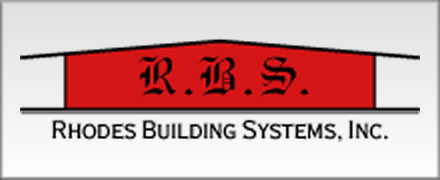
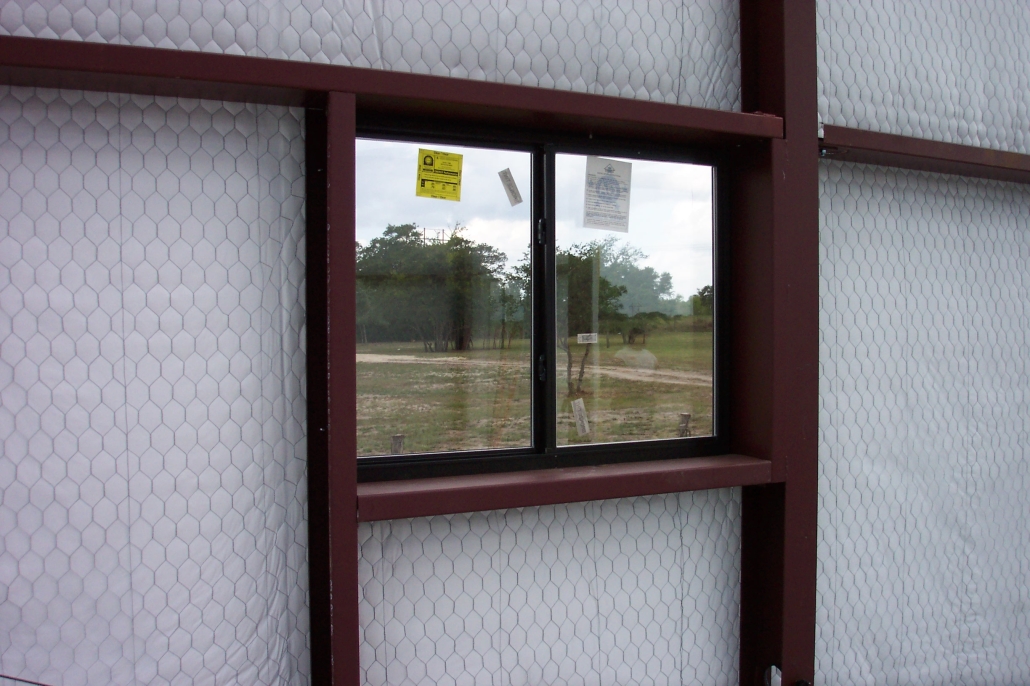
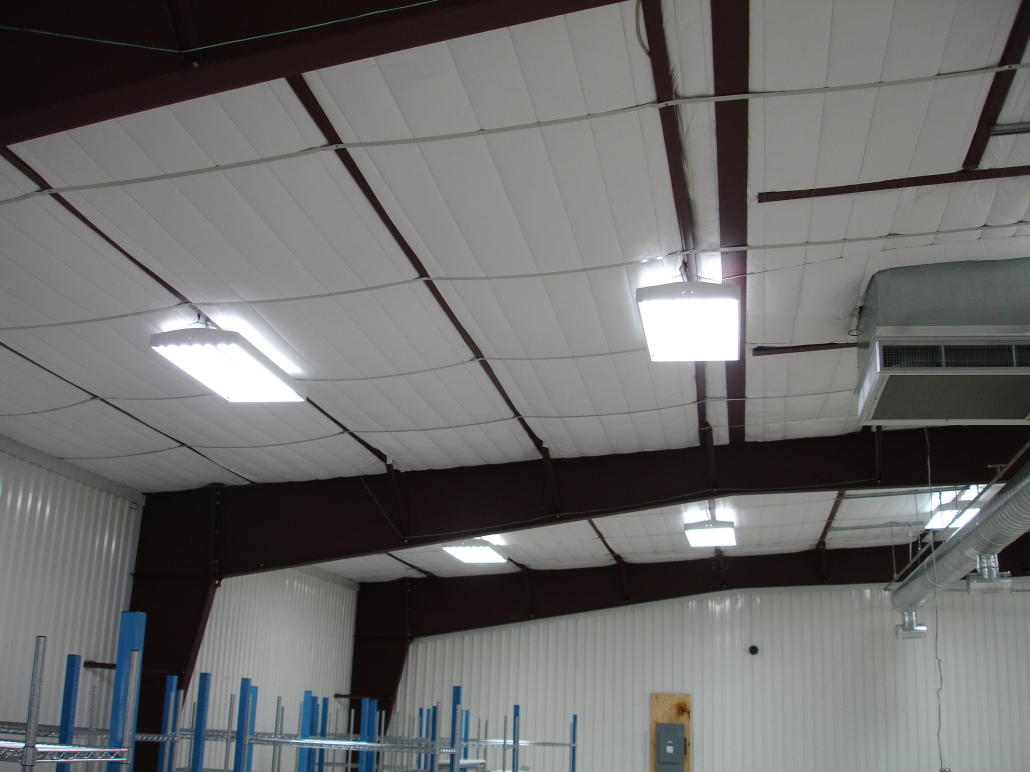

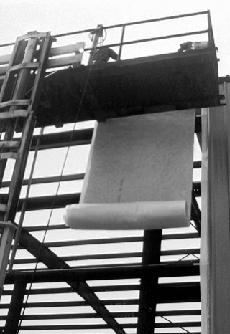
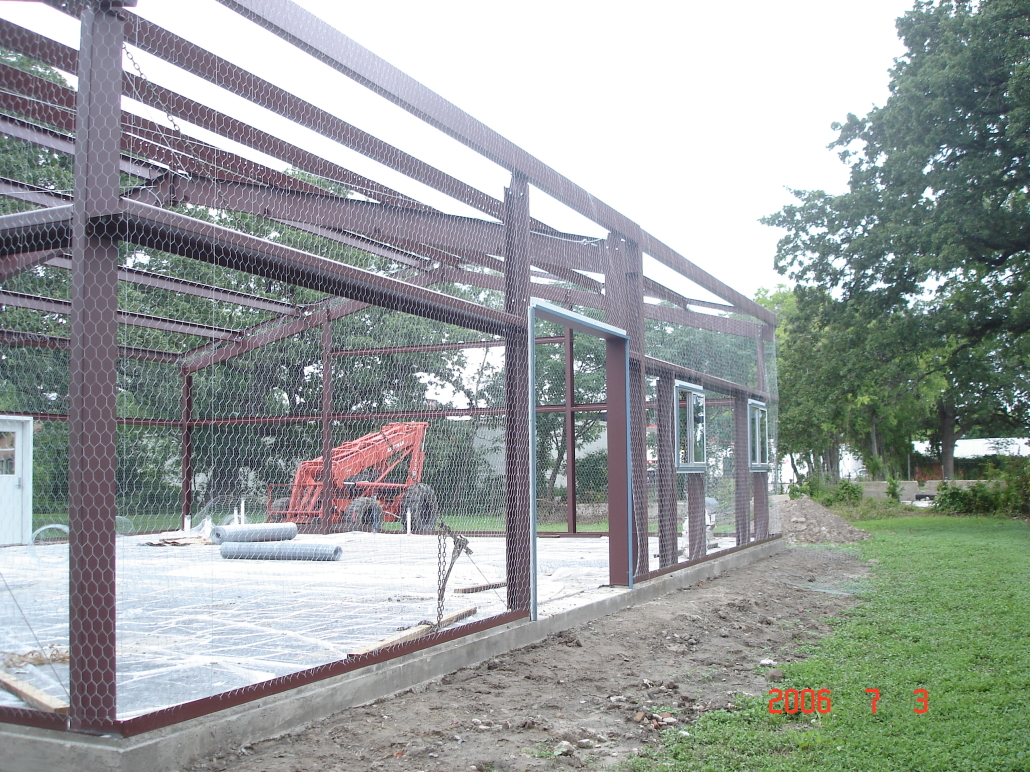
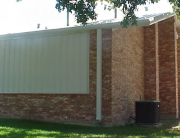
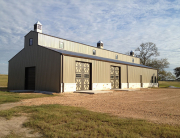
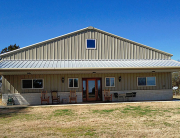
Leave A Comment